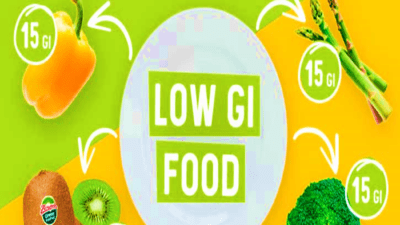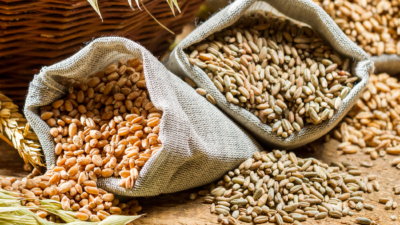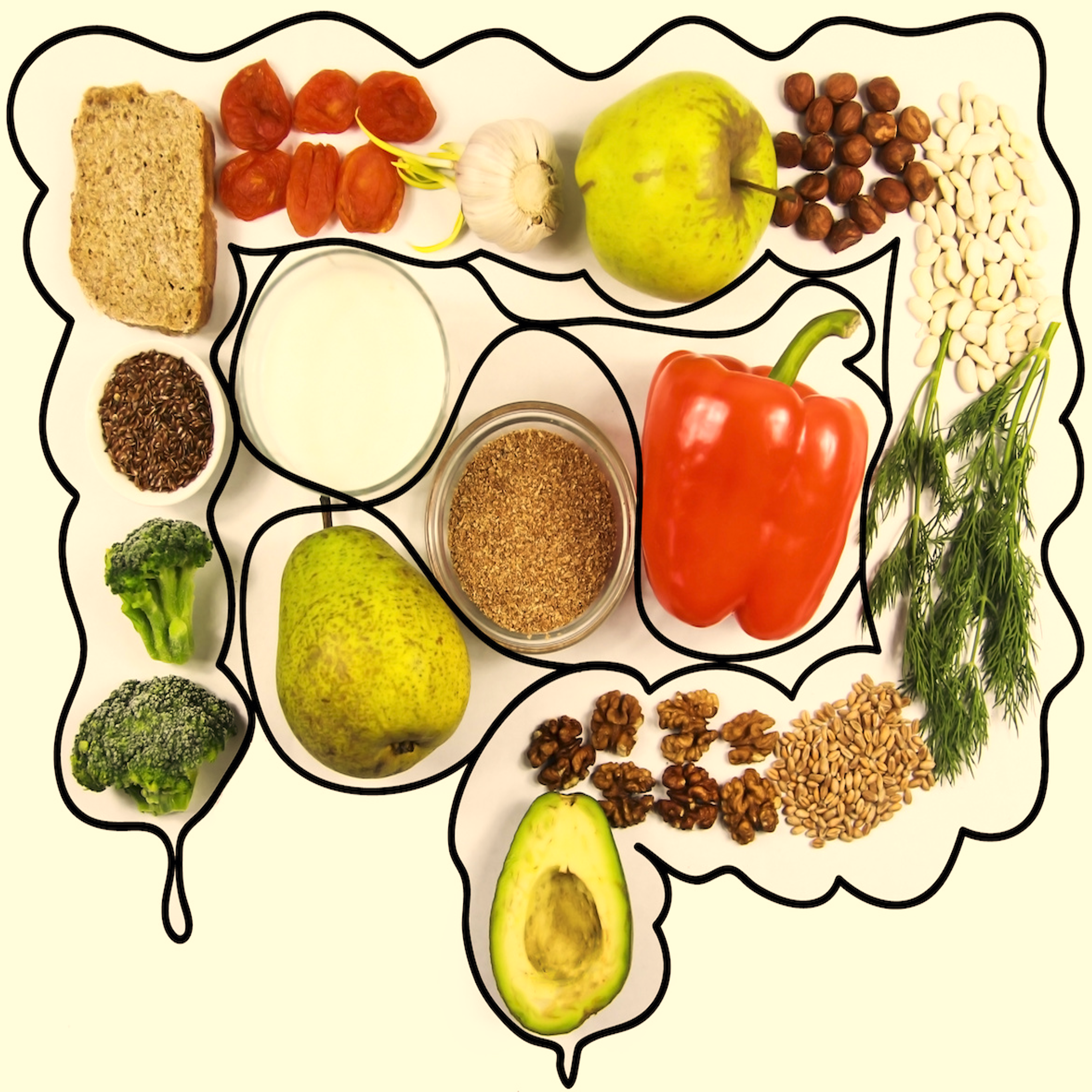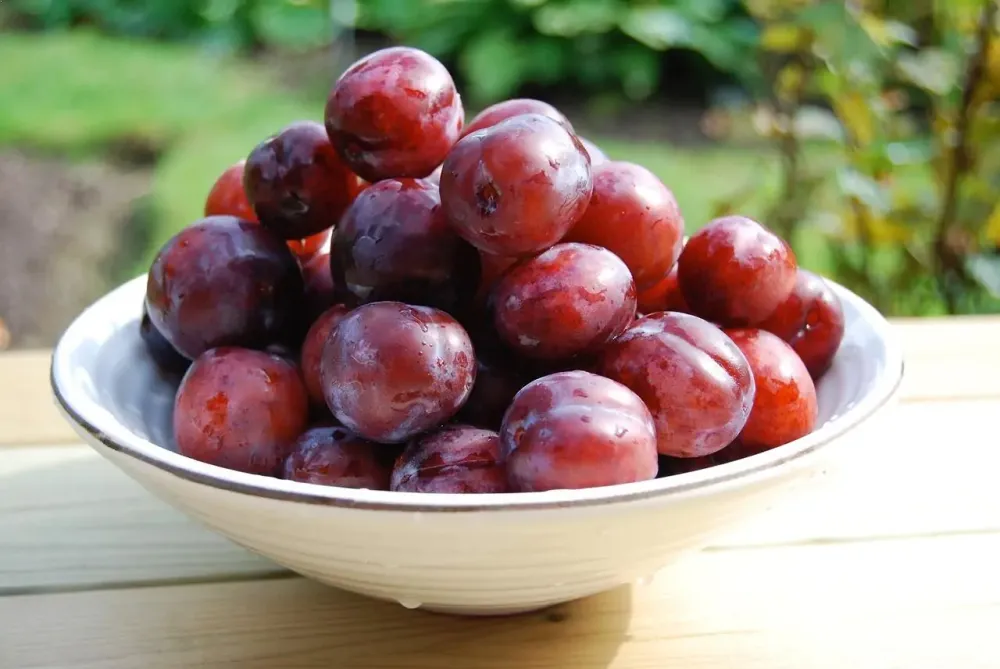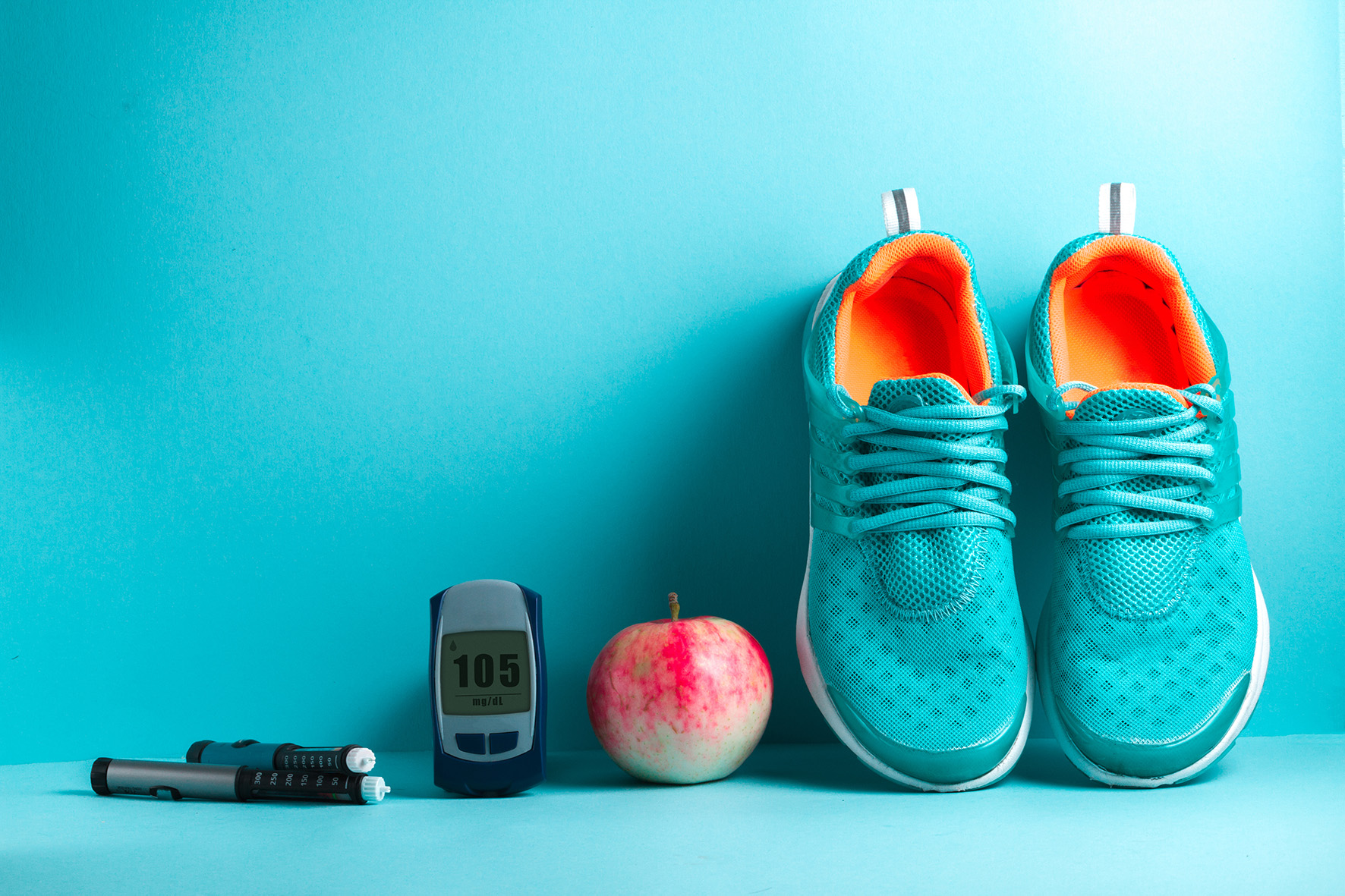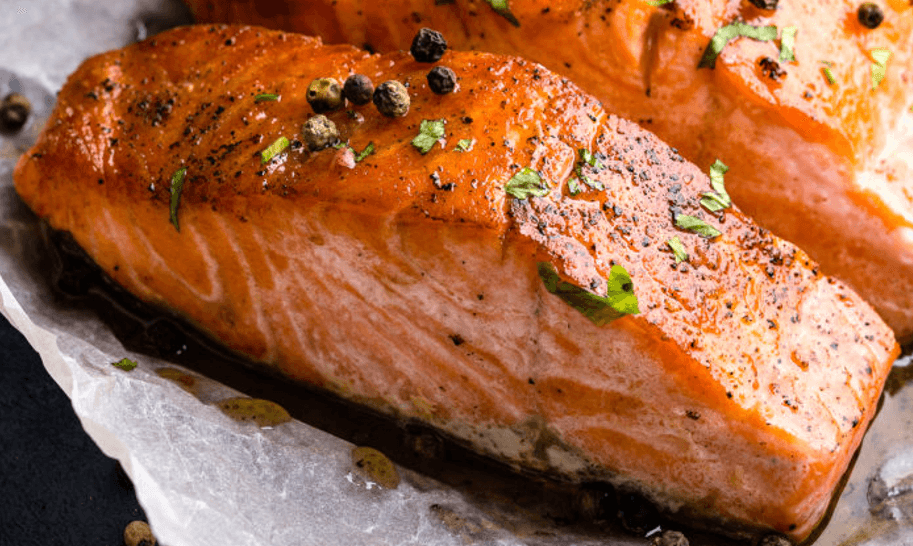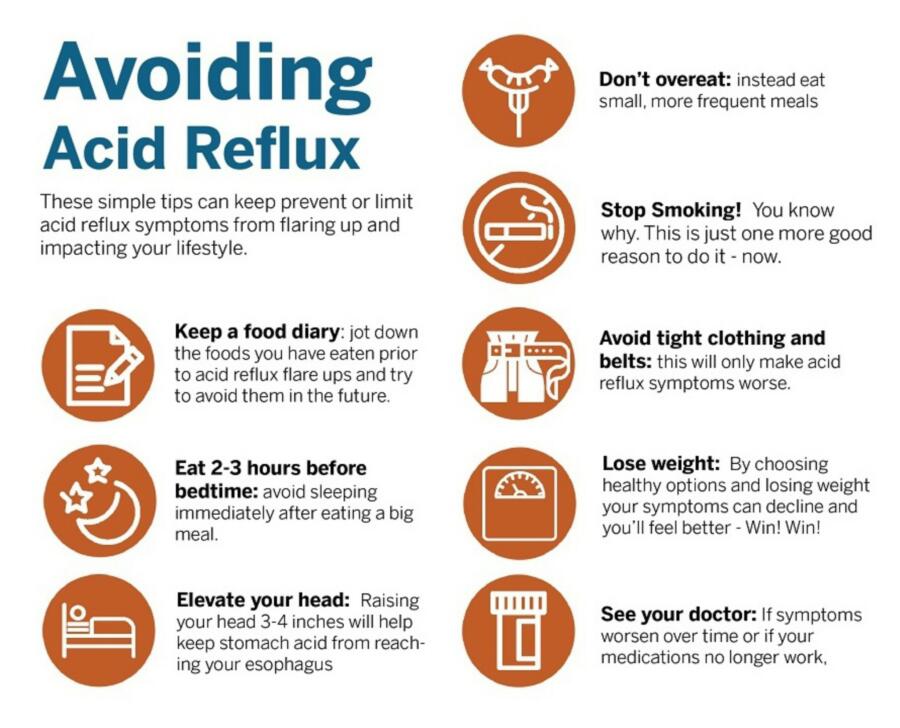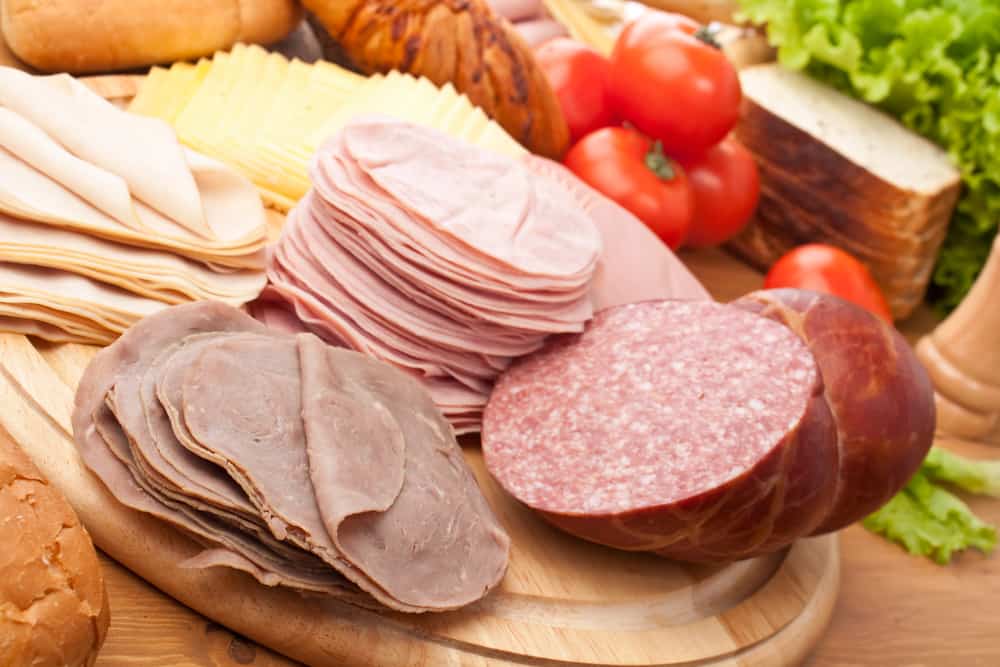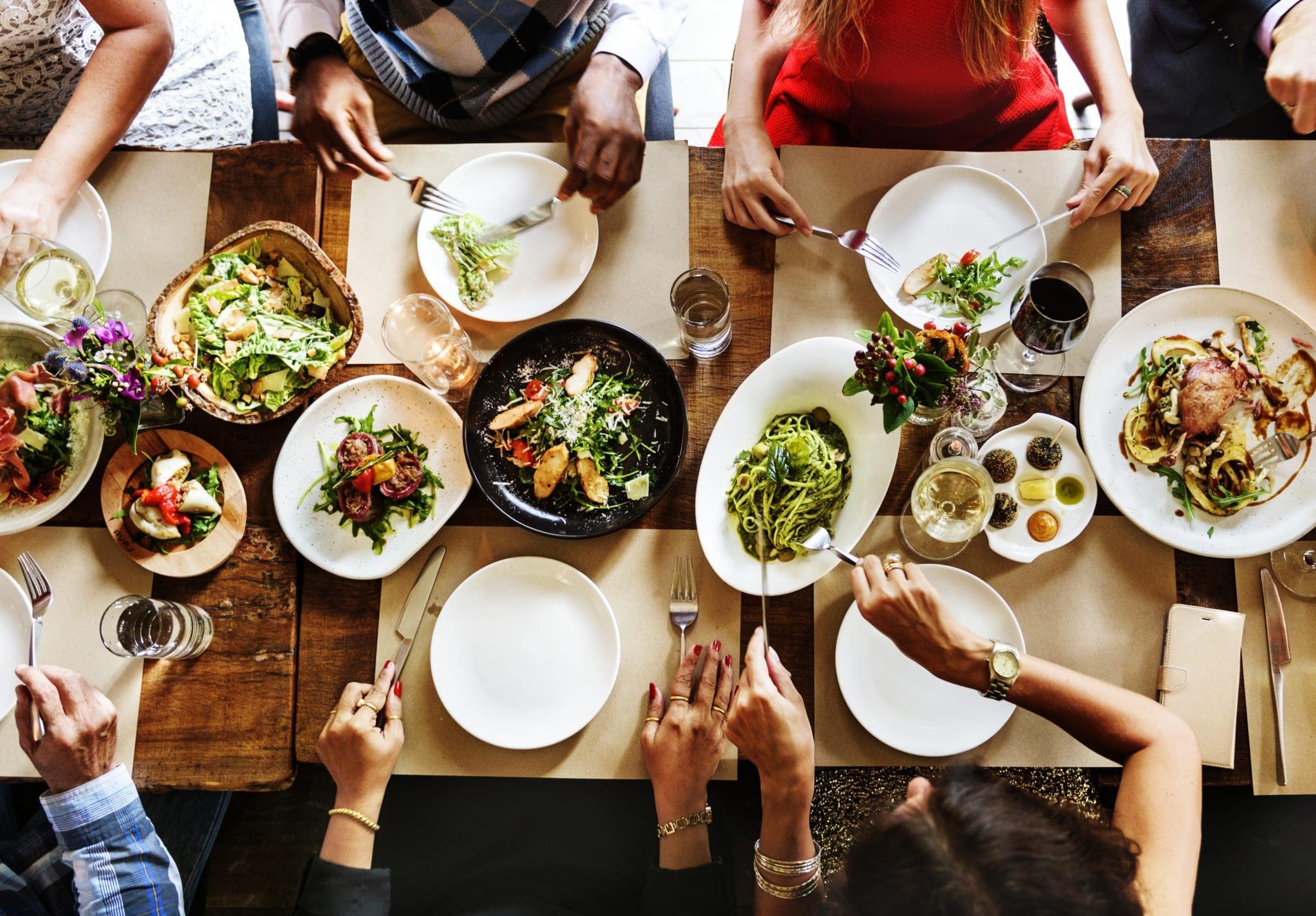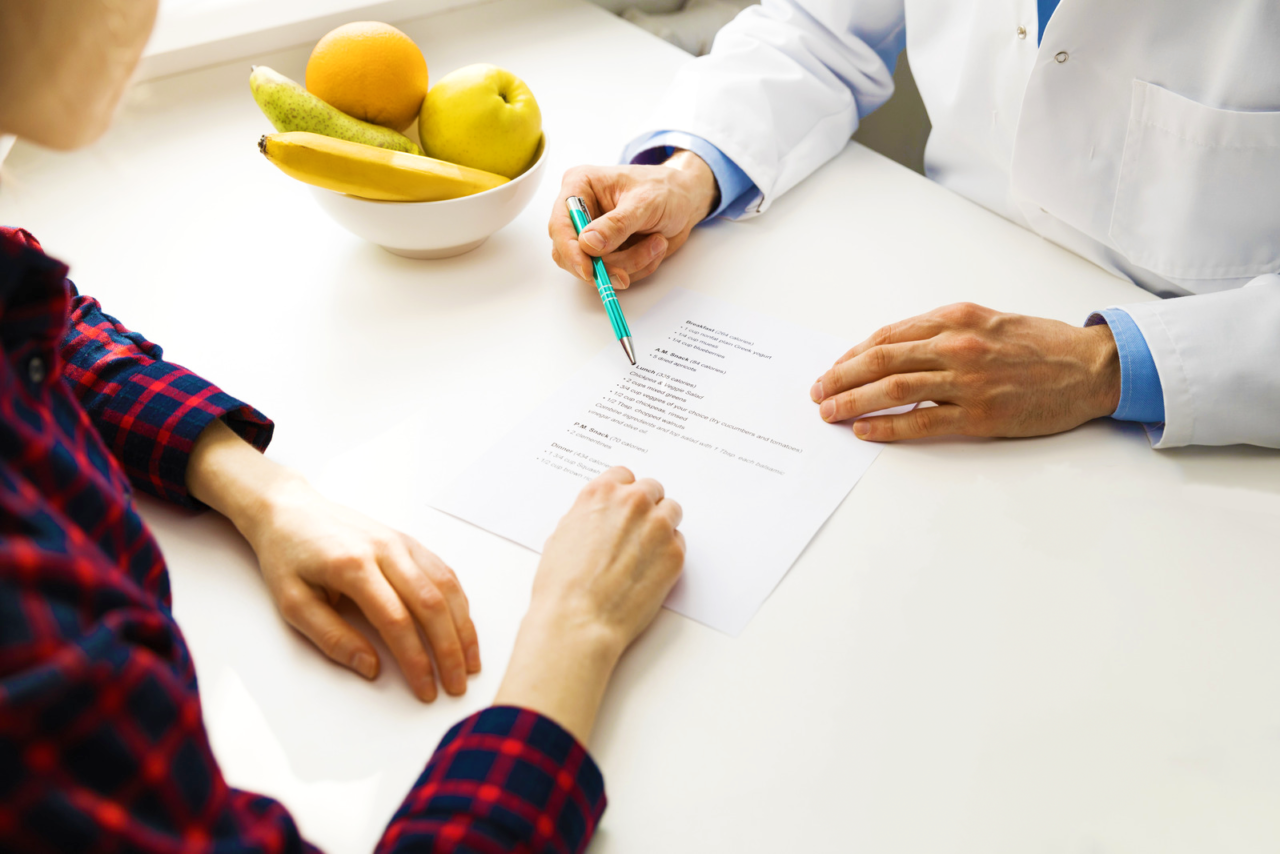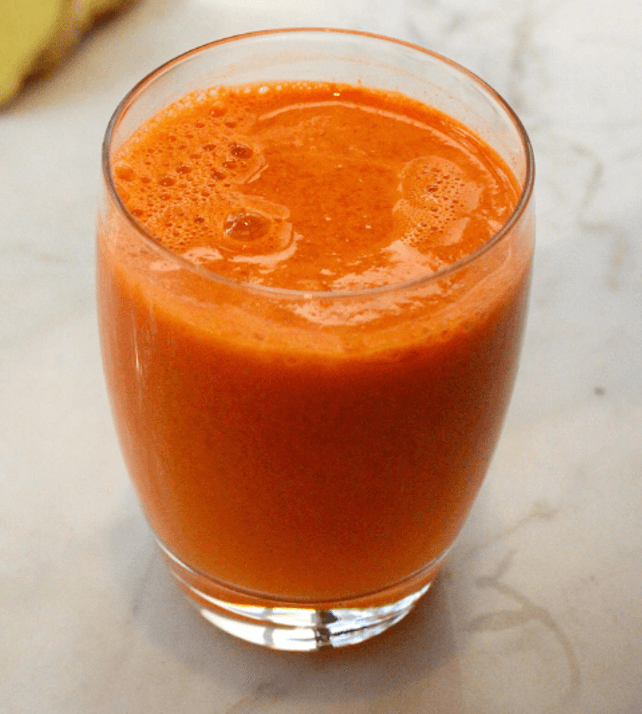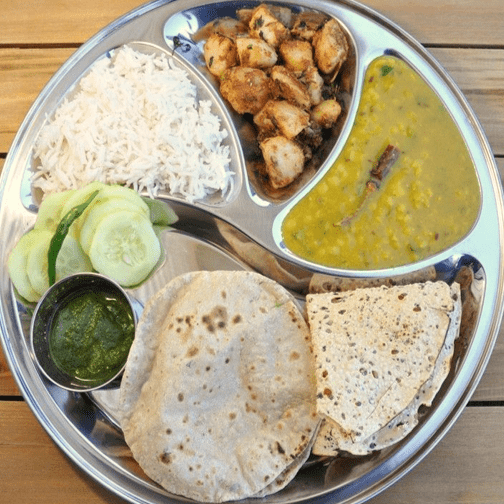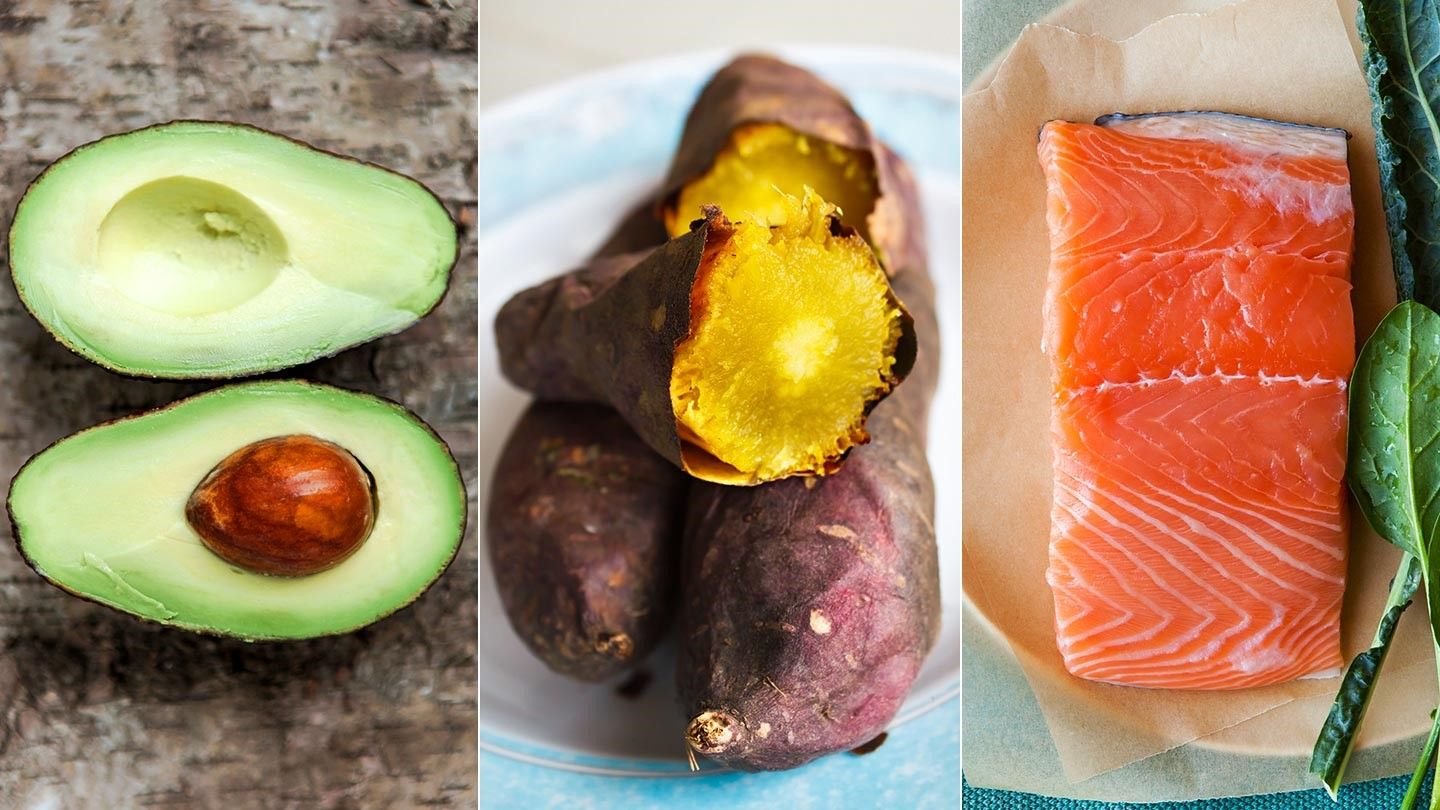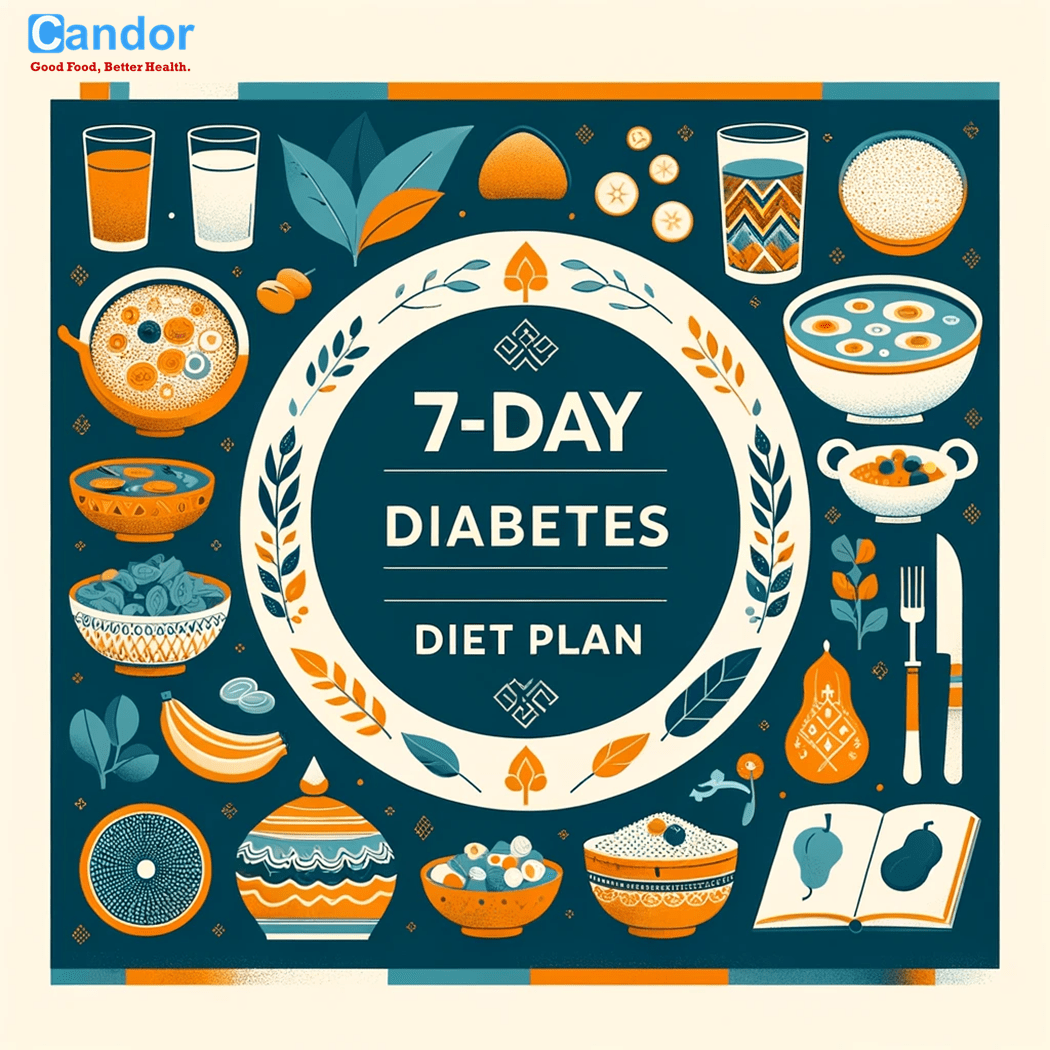
Here, we present a versatile Indian diet plan for diabetes, suitable for both vegetarians and non-vegetarians, designed to stabilize blood sugar levels and support weight loss. In India, diabetes ranks as a major health concern, affecting almost 80 million people. Among the challenges faced by those with this condition, especially type 2 diabetes, are uncertainties regarding diet. Knowing which foods to consume and avoid is crucial for effective diabetes management. A well-structured, nutritionally-balanced diet is key in controlling blood sugar levels, aiding in weight management, and reducing the risk of complications.
Key Dietary Considerations for Diabetes: When adapting to a diabetes-friendly diet, it’s important to avoid foods that cause rapid spikes in blood sugar. These include refined flours, table sugar, and high-glycemic fruits and vegetables such as bananas, grapes, lichi, potatoes, sweet potatoes, and colocasia. It’s essential to understand that a diabetic diet is essentially a low-glycemic diet, beneficial for anyone, not just those with diabetes.
A good diet plan is rich in nutrients, including fiber and protein, and is designed to be flavorful without being calorically dense.
Daily Routine: Begin each day with a glass of water, accompanied by a functional food like fenugreek seeds, amla powder, or cinnamon, depending on your preference. After waiting for about 10 minutes, consume a small portion of nuts or seeds, such as 8-10 almonds, 1-2 walnuts, or 1-2 teaspoons of flaxseed. These can be rotated daily.
Meal Plan Overview: The plan includes daily meals and snacks with varied options to keep the diet interesting and nutritionally sound. Here’s a glimpse of what each day entails:
- Breakfast: Choose from options like vegetable-stuffed chapatis, dalia, or eggs with whole wheat toast and grilled vegetables, accompanied by tea, coffee, or low-fat milk.
- Mid-Morning Snack: Opt for low-glycemic fruits.
- Lunch and Dinner: Meals comprise chapatis made with different grains, accompanied by a variety of vegetables, dal, chicken, or fish, and curd. Ensure each meal includes a balanced mix of proteins, fibers, and healthy fats.
- Evening Snack: Healthy options like roasted chana, bajra, jowar, fruits, or curd.
This meal plan aims to provide a balanced approach to managing diabetes with an Indian diet. It emphasizes the importance of selecting the right foods for maintaining stable blood sugar levels and supporting overall health. By incorporating a variety of grains, proteins, and vegetables, this diet plan offers a palatable yet health-conscious way to navigate diabetes management in an Indian context.
Here are some ideas for diabetic friendly breakfast, snack, lunch and dinner that can be incorporated into a 7-day diet plan with many options to interchange between the days and meals!
Breakfast:
- Vegetable oats/milk with oats or dalia, 2 egg whites with 1-2 whole wheat toast and grilled vegetables, and a cup of tea/coffee/low-fat milk
- Idli, poha or upma with vegetables, and a cup of tea/coffee/low-fat milk
- Water with soaked fenugreek seeds, Steel-cut oatmeal with a handful of nuts and fresh fruits + herbal tea + a cup of tea or coffee with low-fat milk
- Lightly fried multigrain parathas stuffed with vegetables + a cup of green tea with roasted chana + a cup of tea or coffee with low-fat milk
- Whole wheat sandwich/chicken sandwich along with a cup of tea or coffee or low-fat milk
- Moong dal cheela with vegetables or stuffed multi-grain chapatti with a cup of tea or coffee or low-fat milk
- Vegetable stuffed chapati/roti, vegetable dalia, or 1 egg with 1-2 whole wheat toast and grilled vegetables, and a cup of tea/coffee/low-fat milk
- Water with soaked cumin seeds, 1 cup daliya with almond milk and fruits or vegetables + herbal tea + a cup of tea or coffee with low-fat milk
- Vegetable, and dal moong chilas with homemade mint chutney, whole fruit such as pear or apple + a cup of tea or coffee with low-fat milk
- 1 tall glass of fresh fruit smoothie containing leafy greens like spinach and fruits like apple, banana, papaya, etc. + a cup of tea or coffee with low-fat milk
- Water with soaked fennel seeds, a bowl of upma with vegetables + herbal tea + a bowl of fresh seasonal fruits + a cup of tea or coffee with low-fat milk
- 3 multigrain idlis with coconut chutney and vegetable sambar + buttermilk + a cup of tea or coffee with low-fat milk
- Baked vegetable cutlet or 1 egg with 1-2 whole wheat toast with grilled vegetables and a cup of tea or coffee or low-fat milk
Lunch:
- 1 bowl of chicken or low-fat paneer with 1 cup brown rice + 1 bajra roti + salad + buttermilk
- 1 cup green vegetables + 2 multigrain rotis + 1 cup moong sprouts + salad
- 1 cup tofu curry + 1 cup chana sprouts + 2 multigrain rotis + 1 cup brown rice + salad
- 1 cup of spinach and paneer with 2 multigrain rotis + 1 cup brown rice + salad
- 1 bowl of quinoa with vegetables and curd + salad
- 1 cup low-fat paneer curry + 1 cup sprouts + 2 multigrain rotis + 1 cup brown rice + salad
- 1 cup of green vegetables + 2 multigrain rotis + 1 cup moong sprouts + salad
- 1-2 chapatis with 50% barley, vegetables, 1 bowl of dal or chicken, and curd
- 2 chapatis (kneaded with boiled dal), vegetable salad, and curd
- 1-2 chapatis (50% jowar) with vegetable salad and low-fat paneer/chicken (70 gm)
- 1-2 chapatis (50% ragi) with vegetable salad and low-fat paneer/curd
- 1-2 chapatis (50% chana flour) with mixed vegetables, salad, and low-fat paneer (50 gm)/1 bowl of curd
- 1-2 chapatis (knead with any green leafy vegetable), vegetables, salad, and 1 bowl of sprout or 2 egg white curry
- 1-2 cups of brown rice, vegetables, salad, and 1 bowl of chana or chicken or whole wheat pasta with vegetables and salad
Snack:
- Roasted chana, bajra, jowar, fruits, or 1 cup of curd
- 1 whole fruit such as orange
- 1 cup buttermilk
- 1 cup herbal tea with puffed rice
- 1 cup chudva or upma + green tea
- 1 cup green tea with sugar-free oats cookies
- 1 sandwich toast with low-fat cheese slice
- 1 cup buttermilk
- Fruits (low-glycemic fruits)
Dinner:
- 1-2 chapatis with vegetables and salad, and 1 bowl of dal or curd
- 1-2 chapatis (50% jowar) with vegetable and salad, and 1 bowl of fish or dal
- 1 cup lentil soup + 1 cup vegetable (mixed) + 1 cup brown rice + 2 multigrain rotis + salad
- Chicken wrap with hummus and kale leaves with salad
- 1-2 besan cheela or oats with vegetables and salad, and 1 bowl of fish or dal
- 1 cup mustard saag or any green leafy vegetable with 2 bajra rotis + salad
- 1 cup bitter gourd with lentil soup + 2 multigrain rotis + salad
- 1-2 chapatis with mixed vegetables and salad, and 1 bowl of fish or dal
- 1-2 chapatis (50% chana flour) with mixed vegetables and salad, and 1 bowl of fish or dal
- 1-2 chapatis with vegetables and salad, along with curd or dal
- 1 salad bowl with chicken or chickpeas and paneer dressed in basil pesto sauce with 1 slice of multigrain bread
- 1 cup yellow dal without tadka + 1 cup spinach or soya + 1 cup brown rice + salad
- 1 cup lentil soup + 1 cup vegetable (mixed) + 1 cup brown rice + 2 multigrain rotis + salad
It’s important to remember that while diet plays a crucial role in managing diabetes, regular monitoring of blood sugar levels and consulting with healthcare professionals for personalized advice are equally important. This plan serves as a general guideline and should be adapted to individual nutritional needs and health goals.
References:
- “Managing diabetes”. (2016) National Institute of Diabetes and Digestive and Kidney Diseases, US National Institutes of Health.
- Toumpanakis A, Turnbull T, Alba-Barba I (2018). “Effectiveness of plant-based diets in promoting well-being in the management of type 2 diabetes: a systematic review”. BMJ Open Diabetes Research & Care.


